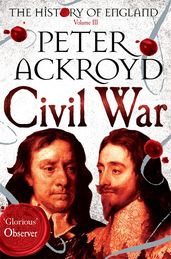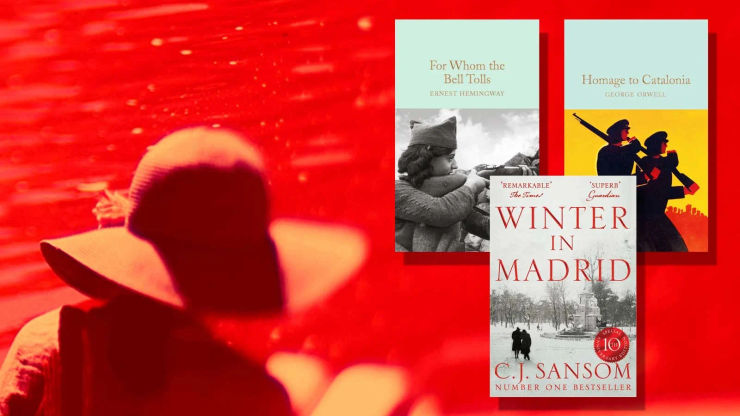A short guide to the English Civil War
A brief guide to one of the most bloody conflict's in the nation's history, the English Civil War.
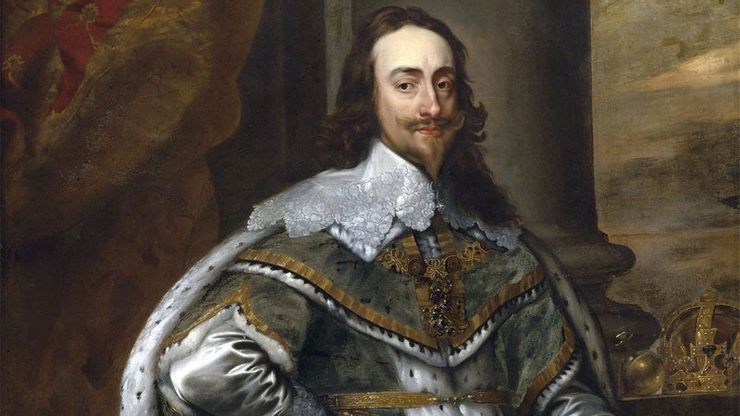
1. King Charles I
There are many causes for the outbreak of the English Civil War, but perhaps the most significant was the personality of Charles I himself. Though little over five feet tall and afflicted with a stutter, he was arrogant and conceited.
Raised to believe in the divine right of kings, the fife-born monarch was especially contemptuous of parliament, which he treated as a piggy bank and dismissed entirely for eleven years in 1629.
To raise money he tried to extend ship money, a tax previously paid only by coastal towns, to the nation as a whole. This proved wildly unpopular and brought him into conflict with some of the most powerful men in the county.
Married to the catholic Henrietta Maria of France, his decision in 1637 to impose a new common prayer book was taken as a papist plot by the scots, who responded by making war on England, occupying both Newcastle and Durham. The king’s attempt to repel the invaders at the Battle of Newburn ended in dismal failure.
The scots scored their first victory over the English for three hundred years. The king was forced to negotiate a financial settlement with Scotland and recall parliament to raise the funds to pay it. In return for this, parliament wanted concessions from the king, including an agreement that it should meet every three years. The king refused to concede any ground. The road was now paved for a clash between parliament and the crown that would lead to the English Civil War.
2. Setting he standard for war
With London coming out in support of parliament, Charles set up his alternative capital in Oxford and went about raising an army. By 22 August 1642, he reached Nottingham, where his royal standard was raised, summoning his loyal subjects to join him against his enemies in parliament. It signalled the start of the English Civil War. Inauspiciously for him: 'the standard itself was blown down the same night... by a... strong and unruly wind'.
3. Cromwell, warts and all
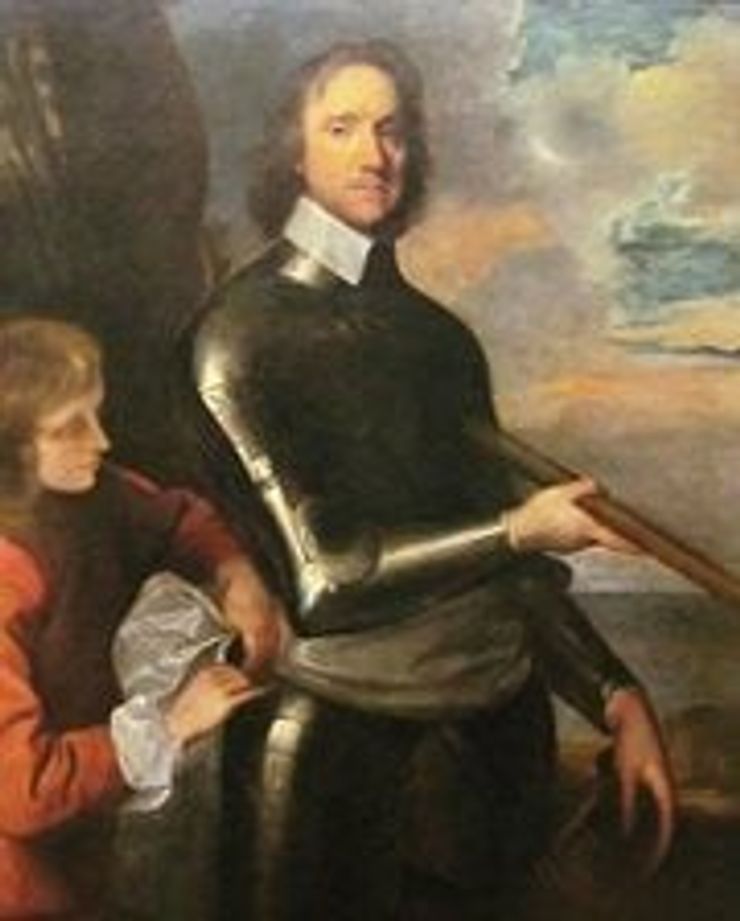
By ‘birth a gentleman living neither in any considerable height nor yet in obscurity’, Oliver Cromwell's pre-war career was largely that of a ‘middling sort’ of midlands landowner albeit one ‘of singular appearance.’ His chin and forehead were covered with warts. He wore his hair long over the collar and had a slim moustache. Highly strung and with a fiery temperament, he quite possibly suffered from depression.
Though a puritan when it came matters of religion, Cromwell could be boisterous in company after ‘a cup too much’. Not unlike his royalist opponents, he enjoyed hawking and field sports, bowls and music.
4. Aged roundheads vs young cavaliers
Historians estimate that those who flocked to the royalist cause were probably slightly younger than their parliamentarian foes. It has been suggested that many may have joined the king in a spirit of youthful bravado as well as patriotism. But in parliament itself, the royalist members had, on average, been eleven years younger than their puritan colleagues.
5. Marston massacre
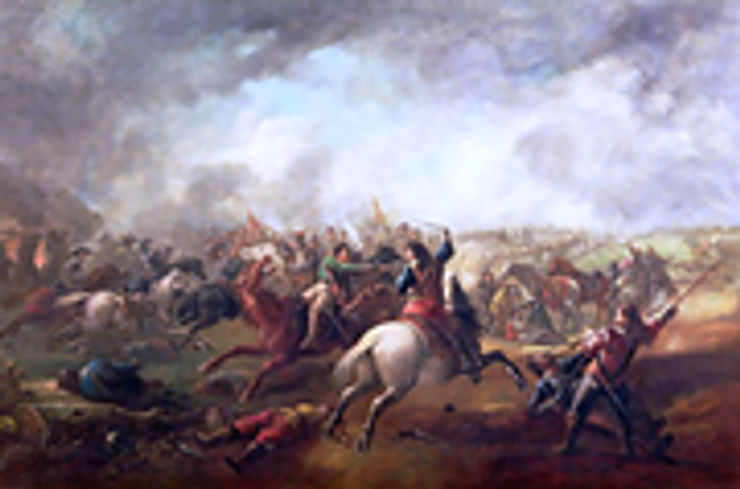
The largest battle ever fought on English soil took place just outside york on Marston Moor on 2 July 1644. Some 4,000 of the king’s troops were killed, as the royalist army suffered a crushing defeat at the hands of the parliamentarians, whose cavalry was led by Oliver Cromwell.
6. The new model army
At Christmas 1644, Cromwell warned his fellow parliamentarians that: ‘until the whole army were new modelled and governed under a stricter discipline’ they could not be certain of defeating the king. A newly professionalised army was duly established. Purged of noble earls, and financed with a new system of national taxation, it became known as the new model army.
Nicknamed the ‘new noddle’ by its enemies, the new force proved to be a highly efficient fighting machine, scoring a decisive victory against the king’s army at the Battle of Naseby on 14 June 1645.
7. War is over if you want it
By 1646, the royalist cause seemed spent, and Charles opted to throw himself on the mercy of his compatriots the scots. Disguised as a servant, he left Oxford for Newcastle where he presented himself to the commanders of the Scottish army there. He was eventually handed over to his enemies for a sum of £400,000 and held captive in Hampton Court, from which he escaped, making his way to the Isle of Wight. There, he was imprisoned in Carisbrooke Castle. Taken back to the mainland, he was eventually put on trial at Westminster Hall in January 1649, and found guilty of treason and sentenced to death.
8. To kill a king
No king of England had ever been executed before or since, and misgivings about the verdict were widespread. The date for Charles's public execution was set for 30 January 1648.
The day itself was bitterly cold and the monarch donned an extra shirt to prevent himself from shivering, worrying that it would be mistaken for quaking in fear. He was taken to Whitehall, where a scaffold had been erected outside the banqueting house and a large crowd had gathered to watch the grisly spectacle.
His head was severed with a single blow by a heavily masked executioner and held aloft for the multitude to admire. One witness recalled hearing ‘such a groan by the thousands then present, as I never heard before and I desire I may never hear again’.
The body was taken back to St James's for embalming, where Charles’s head was sewn back onto his torso. He was later buried at Windsor.
9. As a percentage, more died than in ww1
It had been calculated that as many as 180,000 people, around 3.6% of the population as whole, died as a consequence of the English Civil War. The percentage to perish in World War One, meanwhile, was about 2.6% of the population.
Gain insight into the Great War with the most compelling books on WW1.
10. Revenge is a dish
Following the restoration of the monarchy in 1660, Charles I’s son, King Charles II, had the remains of the leading parliamentarians, including Cromwell who’d been laid to rest in Westminster Abbey, removed from their graves and their corpses were subjected to posthumous executions. For over twenty years, Cromwell's severed head remained on public display on a pole at Westminster Hall.
Civil War
by Peter Ackroyd
In Civil War, Peter Ackroyd continues his dazzling account of England's history, beginning with the progress south of the Scottish king, James VI, who on the death of Elizabeth I became the first Stuart king of England, and ends with the deposition and flight into exile of his grandson, James II.
Journey through the past with the best historical fiction and history books.
